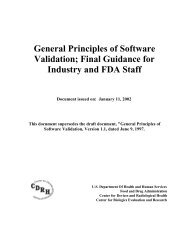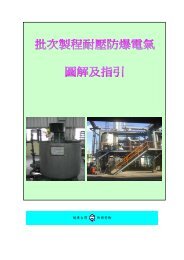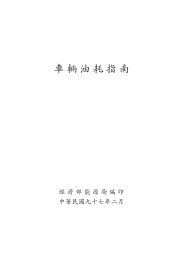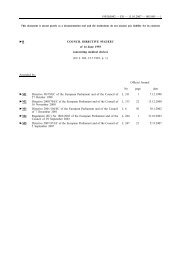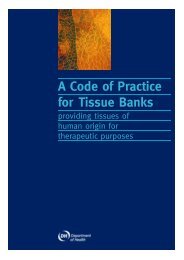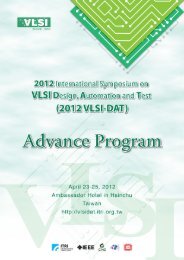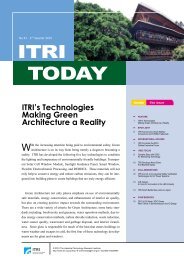Design Control Guidance - Food and Drug Administration
Design Control Guidance - Food and Drug Administration
Design Control Guidance - Food and Drug Administration
You also want an ePaper? Increase the reach of your titles
YUMPU automatically turns print PDFs into web optimized ePapers that Google loves.
Historically, shortcomings in the production specifications tend to be manifested late in theproduct life cycle. When the design is new, there is often intensive interaction between thedesign <strong>and</strong> production teams, providing ample opportunity for undocumented informationflow. Later, as production experience is gained, some decoupling often occurs betweendesign <strong>and</strong> production teams. In addition, key personnel may leave, <strong>and</strong> their replacementsmay lack comparable training, experience, or institutional knowledge.Particular care should be taken when the product involves new <strong>and</strong> unprovedmanufacturing processes, or established processes which are new to the manufacturer. Itmay not be possible to determine the adequacy of full-scale manufacturing on the basis ofsuccessfully building prototypes or models in a laboratory <strong>and</strong> testing these prototypes ormodels. The engineering feasibility <strong>and</strong> production feasibility may be different because theequipment, tools, personnel, operating procedures, supervision <strong>and</strong> motivation could bedifferent when a manufacturer scales up for routine production.No design team can anticipate all factors bearing on the success of the design, butprocedures for design transfer should address at least the following basic elements.• First, the design <strong>and</strong> development procedures should include a qualitativeassessment of the completeness <strong>and</strong> adequacy of the production specifications.• Second, the procedures should ensure that all documents <strong>and</strong> articles whichconstitute the production specifications are reviewed <strong>and</strong> approved.• Third, the procedures should ensure that only approved specifications are used tomanufacture production devices.The first item in the preceding list may be addressed during design transfer. The second<strong>and</strong> third elements are among the basic principles of document control <strong>and</strong> configurationmanagement. As long as the production specifications are traditional paper documents,there is ample information available to guide manufacturers in implementing suitableprocedures. When the production specifications include non-traditional means, flexibility<strong>and</strong> creativity may be needed to achieve comparable rigor.Section H. <strong>Design</strong> Transfer 3/11/97 Page 38



